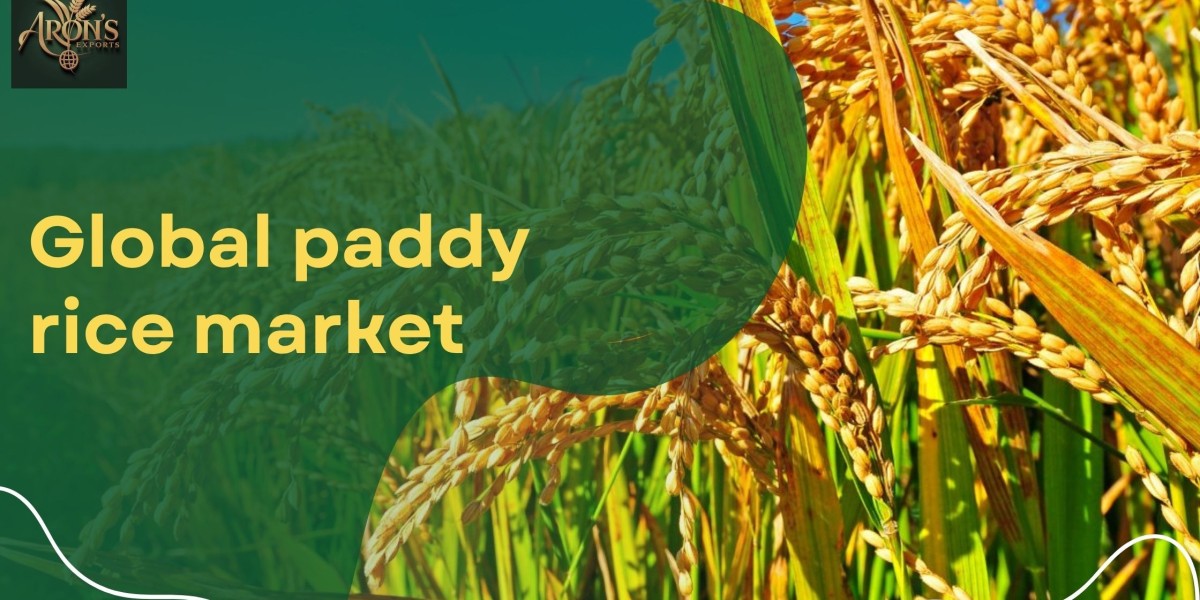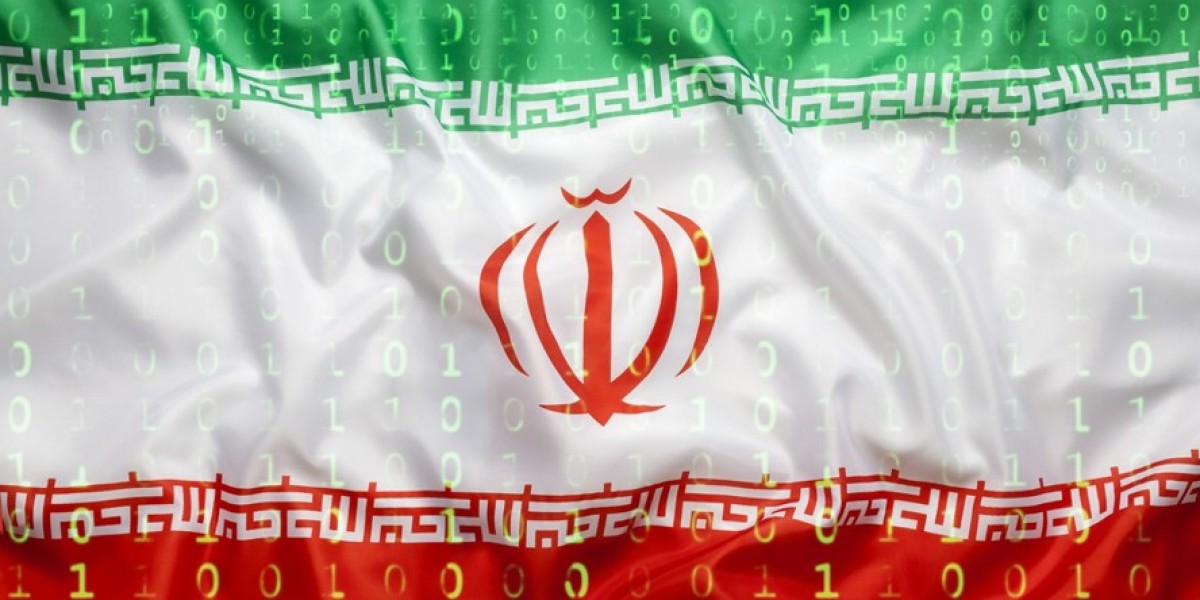Rice remains the backbone of food security for more than half the world’s population, and its global market continues to evolve with economic, technological, and environmental changes. As we move through 2025, the Global Paddy Rice Market is witnessing shifts unlike any seen before — from new trade patterns and sustainability goals to the digital transformation of agriculture itself.
At Aron, we closely monitor these developments to help farmers, investors, and agribusinesses adapt to the rapidly changing landscape. Understanding these dynamics is crucial for maintaining competitiveness, improving productivity, and ensuring a resilient global food system.
Here, we explore five key differences in the trends influencing the Global Paddy Rice Market in 2025, highlighting how each is reshaping production, pricing, and trade worldwide.
1. Sustainability Takes Center Stage: From Quantity to Quality
In previous decades, the focus of the rice industry was primarily on maximizing output to meet global demand. However, in 2025, the Global Paddy Rice Market is shifting from quantity to quality and sustainability.
Governments, consumers, and corporations are increasingly prioritizing eco-friendly farming practices that reduce carbon emissions, preserve biodiversity, and improve water use efficiency. Initiatives like low-methane rice cultivation, alternate wetting and drying (AWD) irrigation, and organic certification programs are gaining traction worldwide.
This marks a major change from conventional high-input, high-emission production systems toward a greener, more responsible approach. Farmers adopting sustainable methods are not only reducing environmental footprints but also gaining access to premium export markets that reward eco-labeled products.
At Aron, we support this transition by providing technologies and advisory services that make sustainable rice cultivation both practical and profitable — ensuring that farmers can meet new environmental standards while maintaining high-yield paddy rice production.
2. Technological Integration: Smart Farming Becomes the New Norm
The digital transformation of agriculture has reached a turning point in 2025. Technologies such as IoT sensors, AI-driven crop analytics, drones, and satellite monitoring are no longer optional add-ons — they are integral to how rice is produced and traded globally.
The difference now lies in integration rather than innovation. Farmers are moving from isolated use of gadgets to connected ecosystems that combine data across planting, irrigation, fertilization, and harvesting stages.
For example:
AI-powered yield forecasting helps predict production levels and prevent market volatility.
Smart irrigation systems optimize water use and reduce waste.
Blockchain-based supply chains enhance transparency and traceability, ensuring ethical sourcing.
This technology-driven approach not only boosts productivity but also strengthens trust among global buyers who demand traceable, high-quality rice.
At Aron, we’re helping farmers and exporters embrace digital agriculture through precision farming tools and cloud-based monitoring platforms — bridging the gap between innovation and real-world application in the Global Paddy Rice Market.
3. Regional Shifts in Production and Trade Dynamics
Another defining difference in 2025 is the changing geography of rice production and trade. While Asia continues to dominate the Global Paddy Rice Market, new players are emerging, and traditional exporters are facing fresh challenges.
Countries such as India, Thailand, and Vietnam remain global leaders, but climate impacts, water scarcity, and policy changes are reshaping export patterns. Meanwhile, African nations like Nigeria and Tanzania are investing heavily in domestic rice production to reduce import dependence. Similarly, Latin American countries such as Brazil and Guyana are expanding their production capacities to tap into global demand.
This decentralization of rice production is leading to more regionalized trade and supply diversification. It also creates opportunities for localized innovation, as countries tailor their cultivation techniques to specific ecosystems.
At Aron, we collaborate with international partners to provide localized solutions that improve yield, quality, and sustainability — ensuring that farmers across regions can thrive in the evolving Global Paddy Rice Market.
4. Market Volatility and Price Differentiation
In previous years, rice prices were relatively stable compared to other commodities. However, in 2025, the Global Paddy Rice Market is experiencing greater price volatility driven by fluctuating energy costs, extreme weather events, and global supply chain disruptions.
A key difference now is price differentiation based on quality and sustainability. Premium varieties like organic, aromatic, or fortified rice are commanding higher prices, while bulk conventional rice faces tighter margins.
Moreover, geopolitical factors — such as export restrictions and trade tariffs — continue to influence global pricing and availability. Countries are implementing policies to stabilize domestic food supply, sometimes at the expense of global trade flows.
For stakeholders, this means that risk management and diversification are more critical than ever. At Aron, we help producers and traders navigate this volatility through data analytics, market forecasting, and supply chain transparency, enabling them to make informed decisions and secure stable revenue streams.
5. Consumer Behavior and Demand Transformation
Perhaps the most visible difference in 2025 is the changing face of the rice consumer. Urbanization, health consciousness, and dietary diversification are reshaping demand patterns worldwide.
Consumers are increasingly seeking nutrient-rich, traceable, and sustainably produced rice. Demand for specialty products — such as low-GI rice, fortified rice, and organic short-grain varieties — is growing rapidly in developed markets. Meanwhile, rising middle-class populations in Asia and Africa are fueling demand for premium and packaged rice products.
Digital platforms are also transforming how rice is marketed and sold. E-commerce and direct-to-consumer models are connecting farmers and millers directly with end buyers, shortening supply chains and increasing profit margins.
At Aron, we help producers adapt to these consumer trends by improving post-harvest processing, branding, and digital marketing strategies — ensuring that quality rice reaches the right markets at the right time.
Conclusion: A New Era for the Global Paddy Rice Market
The Global Paddy Rice Market in 2025 is defined by transformation — from sustainability and technology integration to regional diversification and consumer-driven growth. The key differences shaping today’s market are not just about production techniques but about how the entire value chain operates, from seed to shelf.
At Aron, we are committed to guiding our partners through this new era of opportunity. By combining advanced agricultural technology, sustainability expertise, and global market insights, we help farmers and businesses stay ahead of the curve — driving innovation and resilience in one of the world’s most important food sectors.
The future of rice is dynamic, data-driven, and deeply sustainable — and with Aron, that future is already taking root.








